As I have said in a previous blog there are many fiestas “parties” in celebration of patron saints. This past June 24th was the patron saint day for Saint John the Baptist. I cannot speak for all the people of Nicaragua but I can share my experience that I had in “celebrating” (observing) the patron saint festival of Saint John in my site San Isidro. I have attached photos on Facebook and on Google’s Picasa web photos to view this celebration. It was quite a bizarre celebration where in the United States and many other developed countries I imagine it would be illegal or at the very least culturally unacceptable to do. This tradition involves hanging a live duck by its feet upside down on a rope in mid-air about 8 or 10 feet above the ground. A person waxes the areas of the head and neck of the duck and men on horseback begin “racing” or running their horses one at time in a single file line, in the area under where the duck is hanging. The horseback riders (in this case there were about 8) take turns, continuously pulling on the duck’s neck until it is physically disconnected. The winner of this “race” is the last horseback rider who successfully yanks the head free from the body of the duck. The winner’s prize is to take home the duck and cook it, most likely in a soup. This is considered animal torture in my book but when I asked why they do this, a Nicaraguan told me that it is to commemorate the way Saint John the Baptist was killed (hung or beheaded, I am not a Catholic historian, so I could not tell you how exactly St. John was killed or martyred). I know you are probably asking right now how does duck taste? Well, I still have yet to try duck, but perhaps before I leave Nicaragua I will have tried this delicacy.
On a brighter note, there are also pictures of elementary school students helping me transplant the Marango tree (which I spoke about in a previous blog) in their schoolyard. We transplanted four tree seedlings and now the hope is that the improvised barriers we made around the seedlings will keep the students from accidentally destroying the trees. Also, when Mother Nature does not provide adequate irrigation for these plants the students and I will need to be responsible for watering the trees. Speaking of mothernature, we have made it through about half of Nicaragua’s rainy season (or winter), it began in May and will end in the month of November, when the dry or summer season begins. In the photos you can view that in developing countries at least in the smaller towns, infrastructure like street sewers and underground drains for rain water does not exist, hence many people get inundated by the rain. The street that I live on floods every time there is a substantial rainfall due to the rainwater that comes down from the hill/mountain that is outside of the town uphill from the urban area of San Isidro. Luckily for the people on our street the homes are built up from the street level about 3.5 feet preventing the rain water from entering the homes.
Photos and there are more on Facebook
Sunday, August 8, 2010
Subscribe to:
Post Comments (Atom)



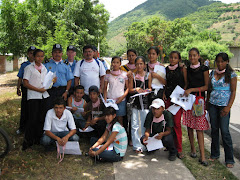


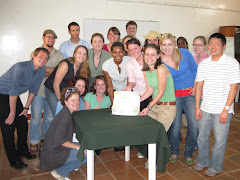
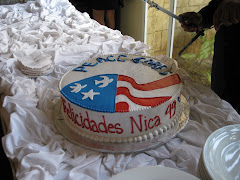
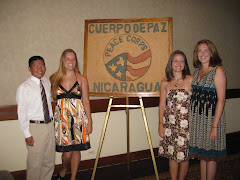
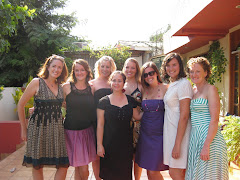

Nick,
ReplyDeleteIt is great to stay connected to Nicaragua with your blog.
I still miss it terribly!
Looks like life is never boring for you!
I wanted to make sure that we connect once you get back to Minnesota. I know we both go to the Basilica and know Kathy Standing.
It would be great to get you plugged into Rotary too. Our Rotary district is involved in a 10 year initiative in Nicaragua. I was down there in May with the club. So, you know that when you come back, there are ways to stay connected!
Keep the stories coming. Cuidate.
--Michelle